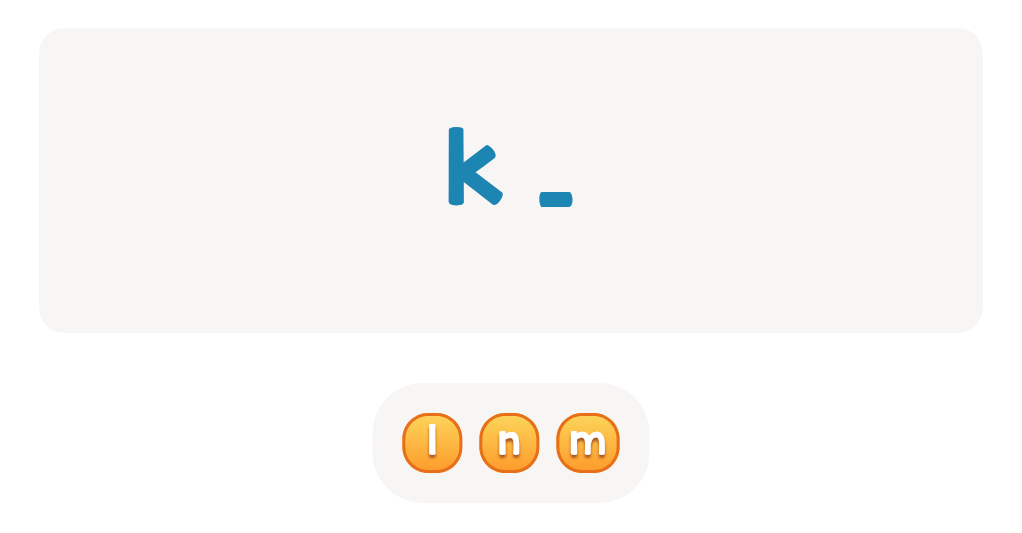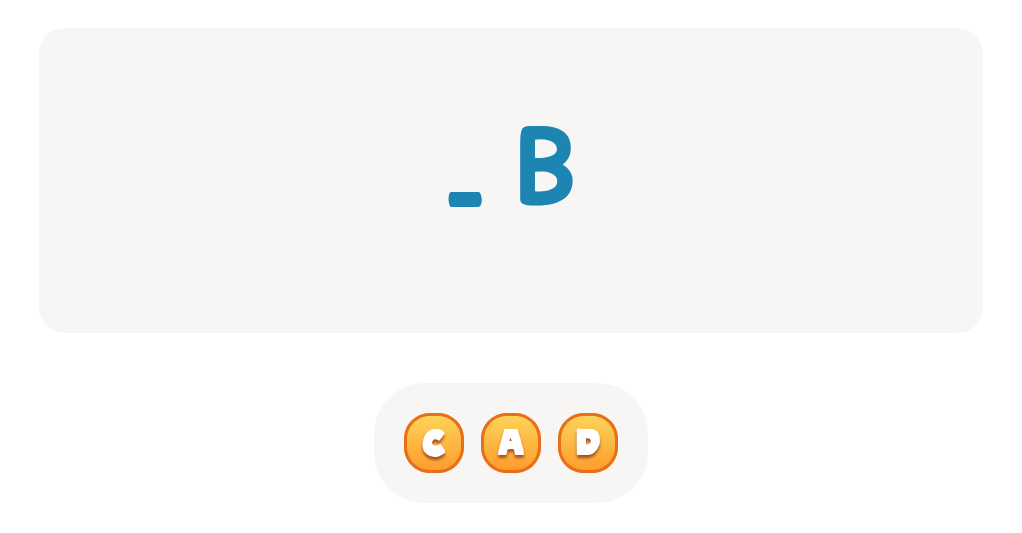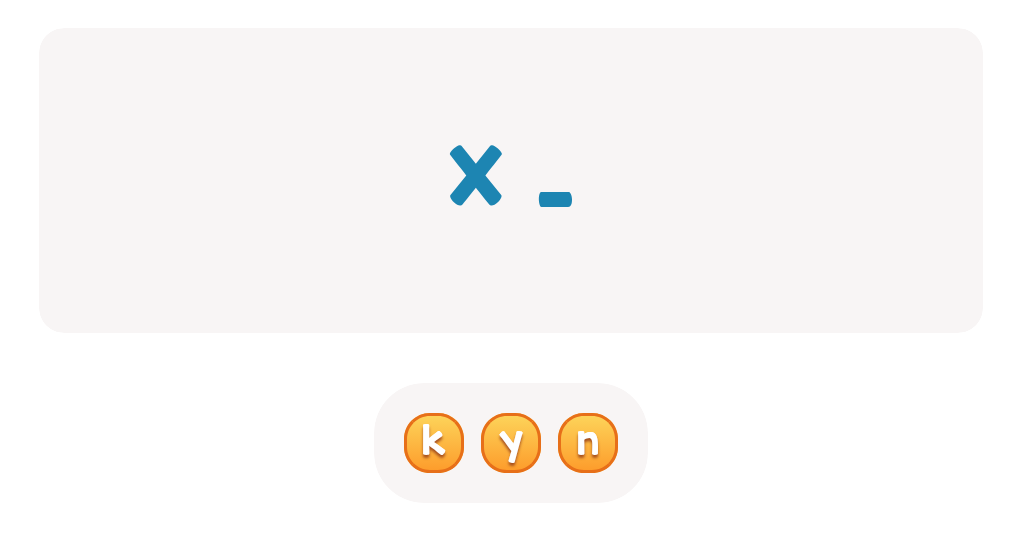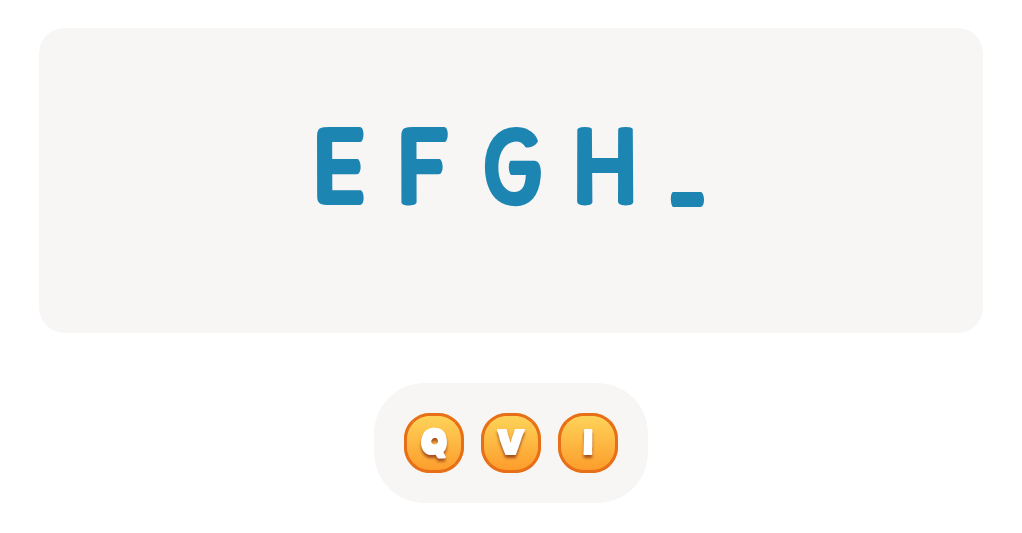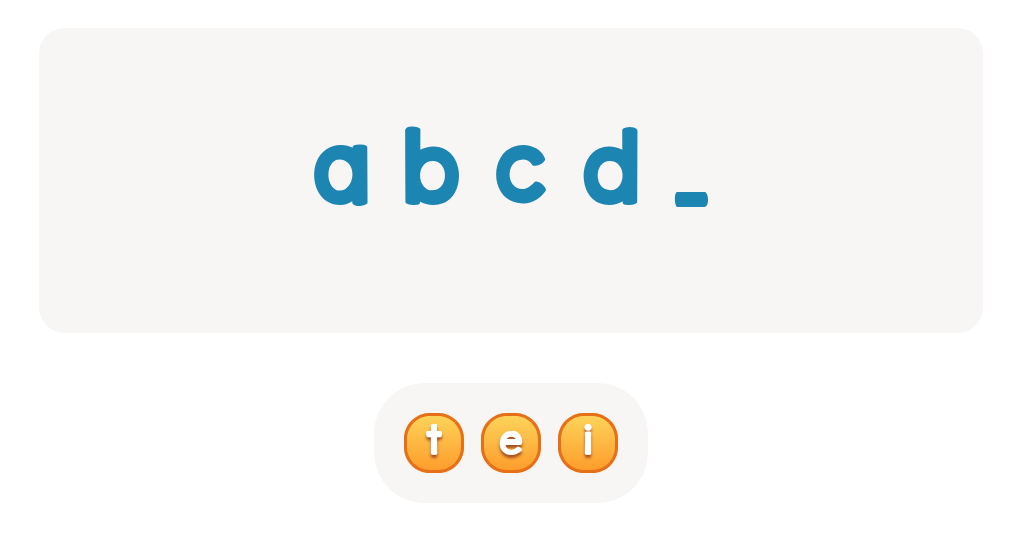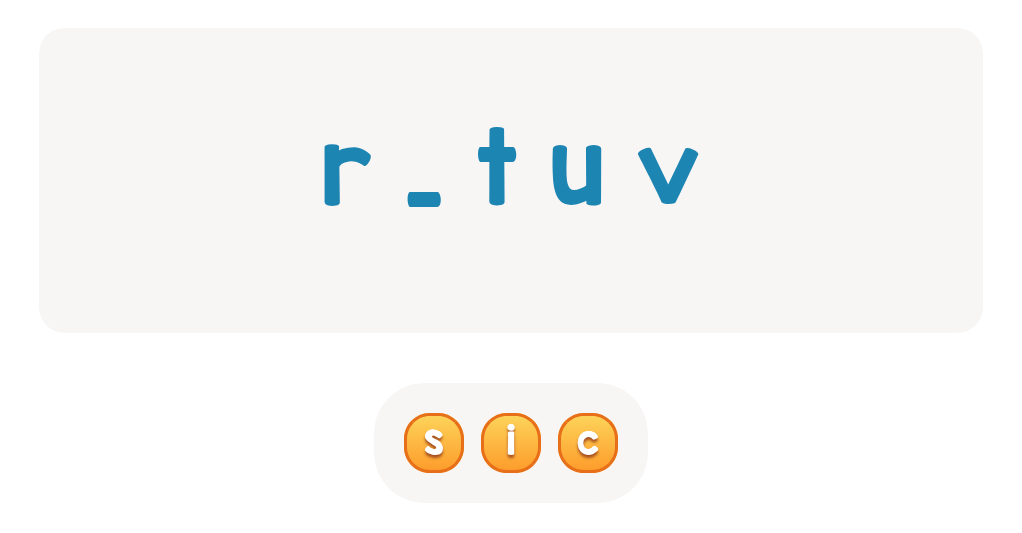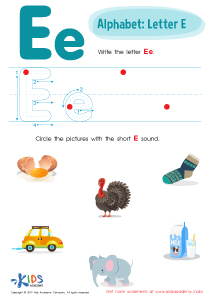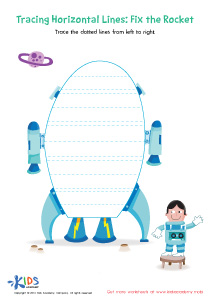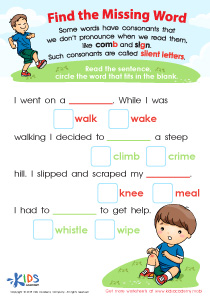Problem-Solving Skills Normal Upper & Lowercase Letters Worksheets for Ages 4-7
3 filtered results
-
From - To
Enhance your child's learning experience with our "Problem-Solving Skills Normal Upper & Lowercase Letters Worksheets," designed specifically for ages 4-7. These engaging worksheets combine the fun of letter recognition with essential problem-solving skills, making learning both effective and enjoyable. Children will practice identifying and matching upper and lowercase letters while tackling exciting challenges that encourage critical thinking. Our worksheets promote cognitive development, creativity, and independent learning, providing a strong foundation for early literacy. Perfect for teachers and parents alike, these resources will inspire and motivate young learners to explore the world of letters and develop essential skills. Start their learning journey today!
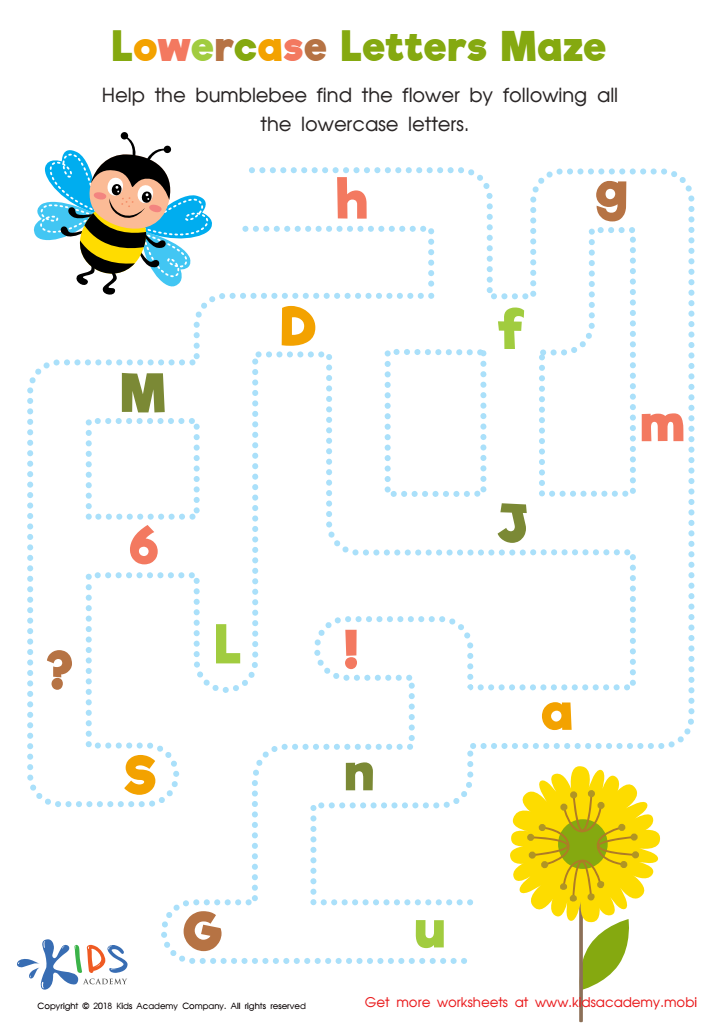

Lowercase Letters Maze Worksheet
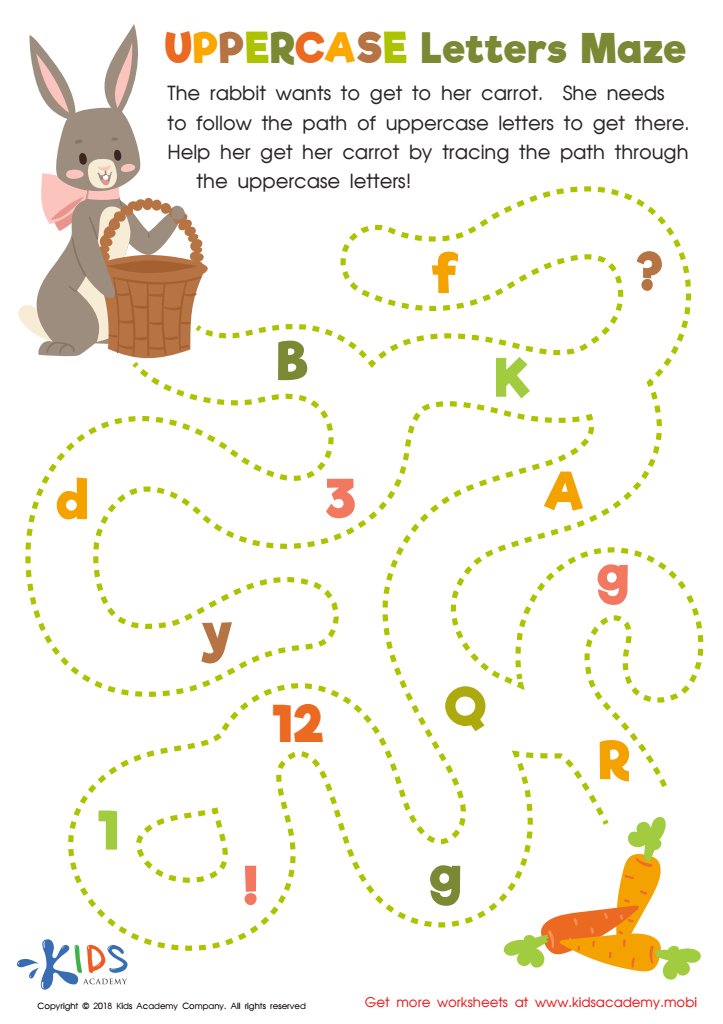

Uppercase Letters Maze Worksheet
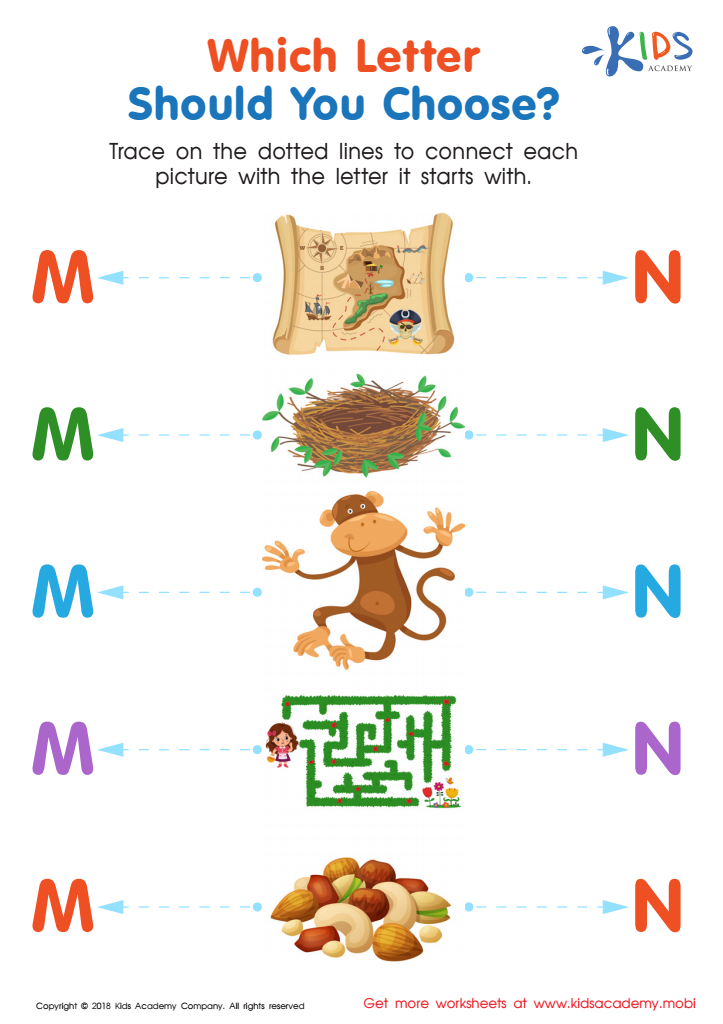

Which Letter Should you Choose? Worksheet
Problem-solving skills are essential for children ages 4-7 as they form the foundation for critical thinking and future academic success. When parents and teachers foster these skills, they help children learn how to think independently and approach challenges with a constructive mindset. Early exposure to problem-solving activities encourages creativity and flexibility, as children explore different ways to find solutions, which ultimately prepares them for more complex tasks in later years.
At this age, children’s cognitive developments peak as they transition from concrete to more abstract thinking. By engaging them in age-appropriate problem-solving tasks, like puzzles, story-based scenarios, or simple math challenges, adults can enhance their reasoning abilities and boost their confidence. Furthermore, these skills also foster resilience, teaching children that it’s okay to make mistakes and that perseverance leads to growth.
Teaching children to problem-solve also promotes social skills, as they often collaborate with peers or adults during these activities. This teamwork helps them learn to communicate effectively, share ideas, and acknowledge different viewpoints. Ultimately, investing in problem-solving skills lays a vital groundwork for personal growth, social interactions, and successful lifelong learning. Thus, parents and teachers must prioritize developing these skills in young learners.

 Assign to My Students
Assign to My Students

